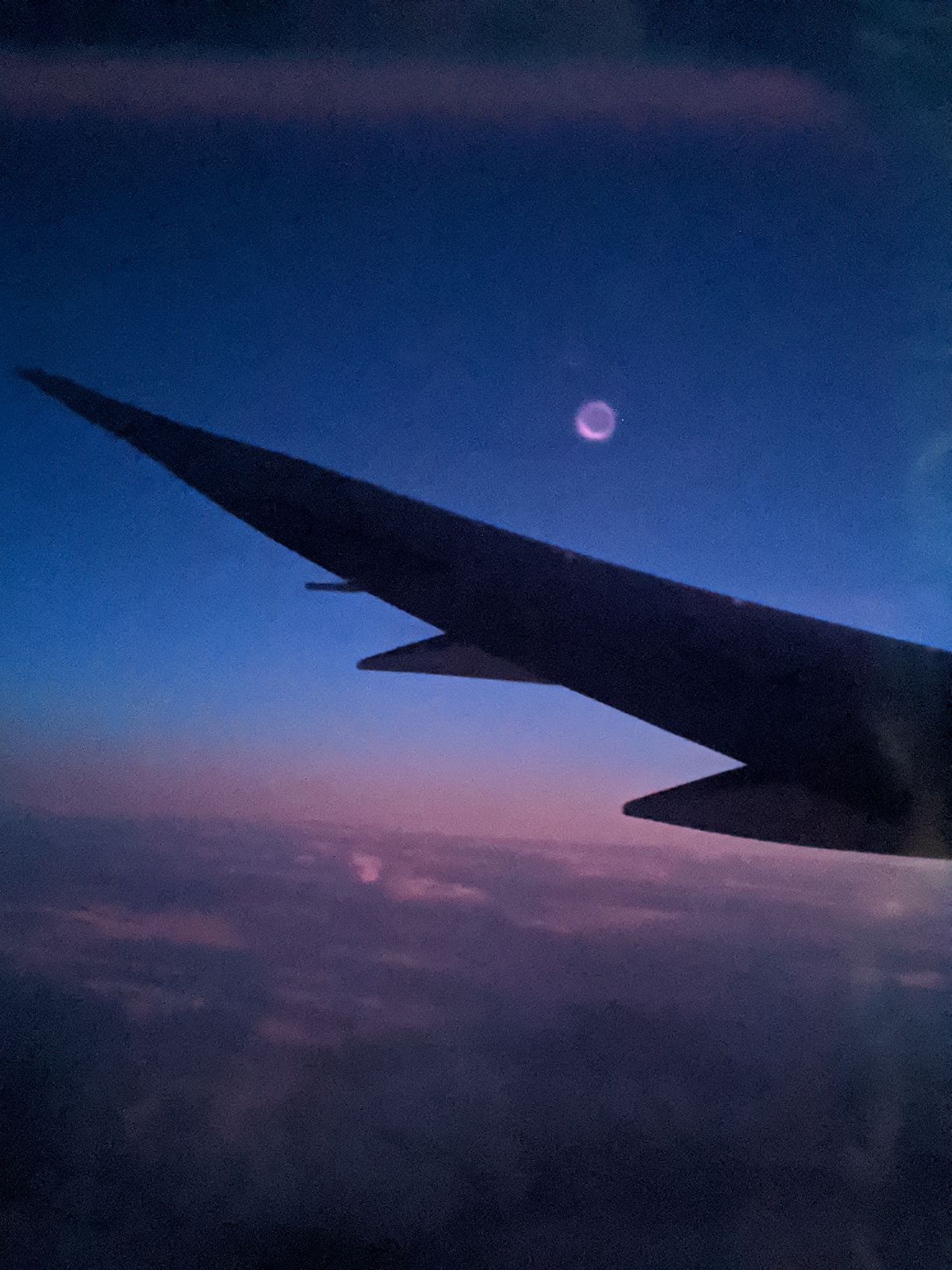It is difficult to believe that in early March we convened the Assessment Community of Practice, joining Margery Sly and Matt Shoemaker to talk about changing needs for assessment measures as we develop new library services. The new Charles Library affords us the opportunity to offer more facilities, technologies, and expertise. We talked about how best to assess the impact of those new types of spaces on our community. We agreed that by necessity, much of our “assessment” is counting: the numbers of visitors to the reading room, attendance at instruction and workshops, use of physical collections, use of computers and specialized software in the Scholars Studio.
We talked about the differences in academic departments who had more or less interest in our offerings. Some faculty take advantage of special collections and the instruction offered on use of primary resources. Others find value in new types of research questions and collaborations made possible through the Scholars Studio.
In just three weeks, this important discussion seems less relevant. The questions continue to be useful – how best to gauge the usefulness and long-term impact of our services on the students, faculty and community we support? But even the most basic of measurements: the gate counts, the use of physical materials, the attendance at in-person workshops and instruction sessions – these are no longer available to us. There are no physical bodies to count. There are no hands-on workshops to evaluate.
This is a loss, of course. (I hate to think how our library trend-trackers like the Association of Research Libraries will accommodate this year’s statistical anomaly.) But for Temple, it provides an opportunity to explore our questions in new ways, with new tools. We are impelled to think about how to mine our web analytics data more deeply. We continue to have access to data related to the use of the website, our discovery systems, our licensed resources and the many channels of social media output from the library. Springshare and Ezproxy provide us with tools on the use of library-curated content and collections.
Demonstrating the use of our expertise in providing access, research and instruction support takes a very different shape now. It also provides us with a testing ground for many of the initiatives that are already underway. Instructors of English 802 will be in a much better position to help us improve our online version of that library workshop. The Health Sciences Libraries quickly transitioned to Zoom versions of their popular workshops – perhaps making these even more accessible to busy students and faculty. Jackie Sipes is exploring ways of doing remote usability testing of Library Search and other online discovery tools.
Just a week ago the libraries had a physical space to which students, faculty and community could come. We were solid. Our buildings and physical spaces staffed with humans had a presence that signified the essential place of the Library on the campus. Now that place may not be as obvious to our users. At least for the near term, we will need to re-imagine how the library positions itself and how we demonstrate that continued impact and value to our community.

